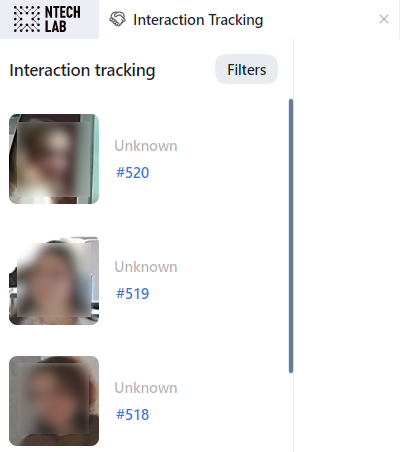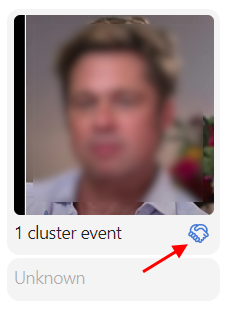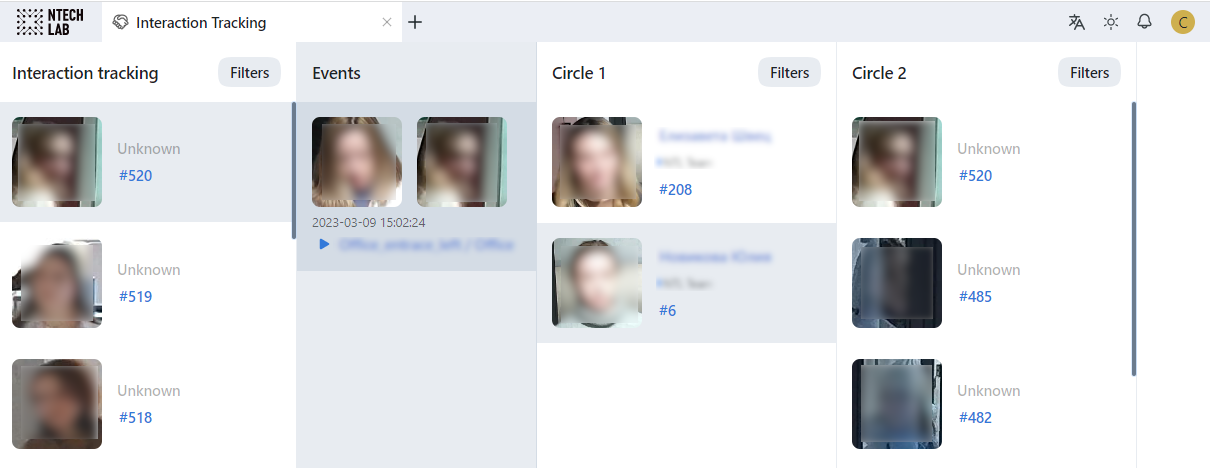Interaction Tracking
FindFace Multi can provide interaction tracking and analysis. To harness this functionality, you must enable face clustering.
When tracking interactions, the system automatically determines a circle of people with whom a person has previously been in contact. For each person from the first circle, the system builds another circle of connected people, and so on. Overall, interaction analysis is three-circles deep.
Note
You can track interactions between bodies and vehicles as well. Access this functionality via HTTP API. Note that body and vehicle clustering must be enabled beforehand.
The interaction analysis is available on the Interaction Tracking tab.
Tip
You can also display the circle of connected people right from the Clusters tab and Record index tab by clicking on the handshake icon.
On the Interaction Tracking tab, click on a person to display their first circle of interactions and associated events. Keep on to unveil the entire tree of interactions.
You can apply the available filters to the interaction tracking:
Tip
For example, you can find older adults or people without a face mask who are directly or indirectly related to a potentially contagious person.
Matches: display clusters only with/without matches, or all events.
Watch lists: display clusters only for a selected watch list.
Camera groups: display only clusters from a selected group of cameras.
Cameras: display only clusters from a selected camera.
Record name: display clusters with a given record name.
Date and time: display only clusters formed within a certain period.
First cluster even: display only the first cluster event within a certain period.
Cluster event: display only cluster event within a certain period.
ID: display a cluster with a given ID.
Specific filters for face clusters
Age: display clusters with people of a given age.
Beard: filter clusters by the fact of having a beard.
Emotions: display clusters with given emotions.
Gender: display clusters with people of a given gender.
Glasses: filter clusters by the fact of wearing glasses.
Liveness: filter clusters by face liveness.
Face mask: filter clusters by the fact of wearing a face mask.
When searching through a circle of interactions, apply the following additional settings:
Interaction search based on the episode last event: check to analyze contacts between individuals using the last event of an episode. In this case, having found truly associated people is most probable as they simultaneously leave a camera’s field of view. If the option is disabled, the system will use the best event of an episode for interaction search.
Maximum gap between the appearance of individuals to consider them connected, seconds: maximum time in seconds between the appearance of individuals to consider them related.


